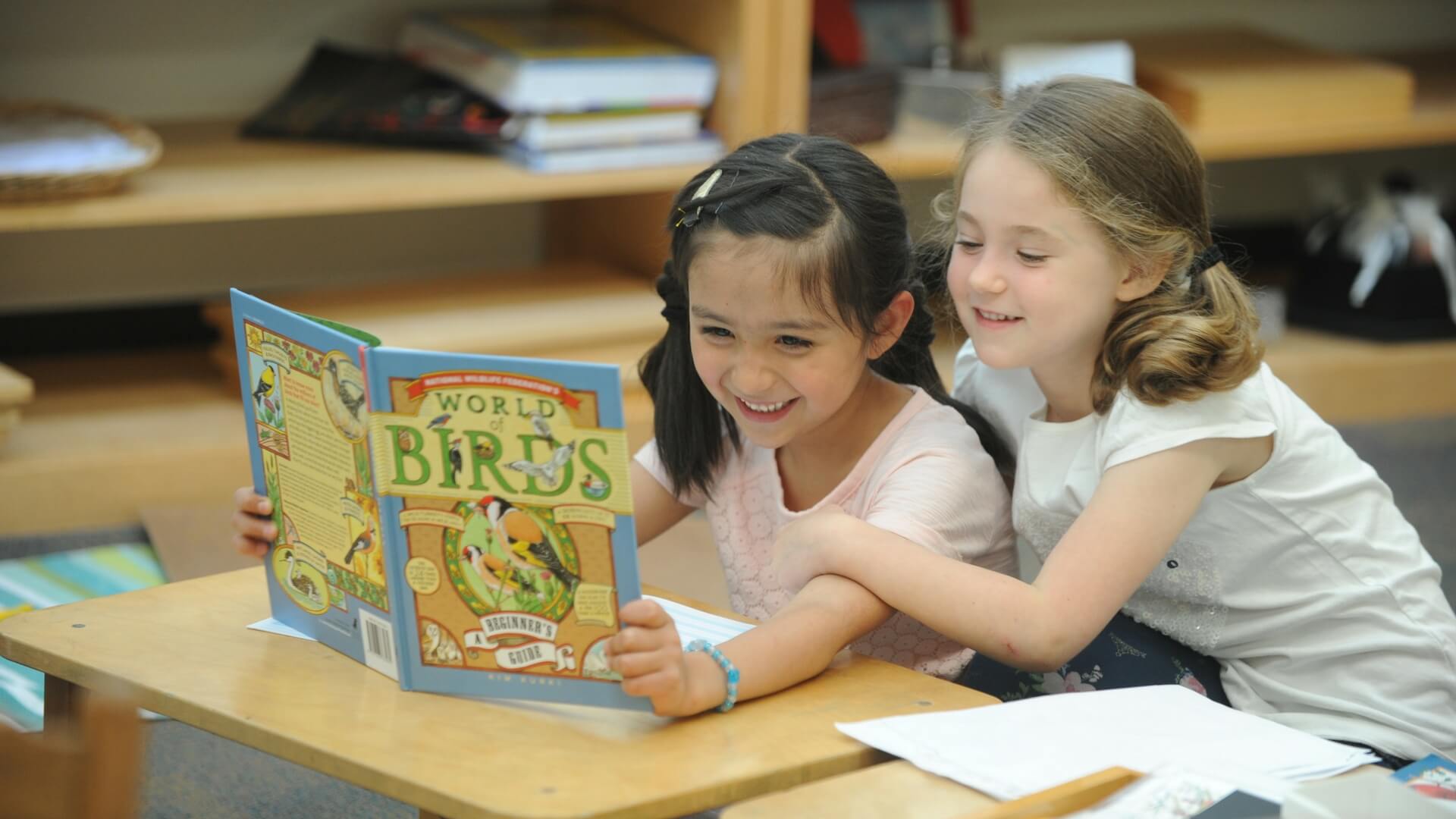As educators and parents, we are keenly aware that children’s curiosity and learning does not take a break. During summer break children will be learning and what they are learning is up to you. Will they learn the world outside of the classroom is stimulating, interesting, and begs for exploration? Or will they learn that education is something that happens only in school? Or, will they learn that we need to take a break from learning like parents occasionally need a break from their jobs?
Because children are curious, helping them to continue their active exploration of the world, themselves, and relationships, can easily be accomplished through books and summer reading. Books present questions, offer solutions, and ignite the imagination. Choose books that help children think about their world. Everyone loves a good story, but kids especially love summer reading or being read books, that cause them to think of new things or look at things in a new way.
Following are three books to start you and your student toward a summer of discovery.
3 Summer Reading Suggestions
What If… by Regina J. Williams opens a world of possibilities by posing questions such as, “What if a butterfly could sing, and one flew in my window every night to sing me a lullaby”?
Each question is beautifully illustrated by Doug Keith. Follow up the “what ifs”, with questions of your own such as “What would the butterfly sing?”
“How big do you think a singing butterfly would be”?
“Would the caterpillars sing, too?”
Have the child draw a singing butterfly.
There are hours of imaginative learning to be had when you extend this wonderful read-aloud book.
Swirl by Swirl, Spirals in Nature by Joyce Sidman is illustrated by Beth Krommes. Beth Krommes won a Caldecott Medal for her illustrations in the book, The House in the Night by Susan Marie Swanson.
This delightful book opens the door to enriched math learning when you seek out spirals in the world around you. Looking for spirals could easily become a summer pastime incorporated into outdoor activities, indoor explorations, and more. Spirals are only one shape we see repeated in nature. Ask the child to find others and keep track of all the shapes you find and all the places you find them.
Rhymes Round the World by Kay Chorao, is part of the Dolly Parton Imagination Library. This picture book features rhymes from around the world and is illustrated with cherubic pictures of children from many cultures.
The sound patterns in short rhymes such as nursery rhymes, help children develop sensitivity to language. It is easier to hear similar sound patterns, and syllables in rhymes than in conversational language. The ability to distinguish these sounds and patterns usually makes learning to read and spell easier for kids.
Children also enjoy the playfulness of rhymes. After reading a selection of nursery rhymes and short poems, take turns with children making up one- or two-line rhymes. Play rhyming games with children.
An easy one is to make a simple sentence such as “I saw a bat.” Have each child take turns saying, “I saw a cat..mat…hat…”, and so on until all possibilities are exhausted.
Summertime is perfect for expanding a child’s world both indoors and out. Books are the perfect vehicle for opening doors to new ideas and for sparking a child’s desire to know more. Look through your classroom and home libraries to see what books might have overlooked. Ask the children to choose books and then see where the books lead you. Don’t stop here. Check your local library or book store for other read aloud books that encourage active engagement, creativity, problem-solving, and learning.


